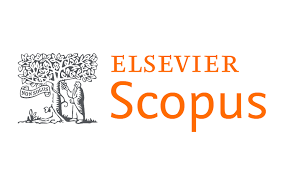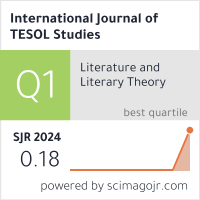2632-6779 (Print)
2633-6898 (Online)


Scopus
Ulrich’s Periodicals Directory (ProQuest)
MLA International Bibliography
MLA Directory of Periodicals
Directory of Open Access Journals (DOAJ)
QOAM (Quality Open Access Market)
British National Bibliography
WAC Clearinghouse Journal Listings
EBSCO Education
ICI Journals Master List
ERIH PLUS
CNKI Scholar
Gale-Cengage
WorldCat
Crossref
Baidu Scholar
British Library
J-Gate
ROAD
BASE
Publons
Google Scholar
Semantic Scholar
ORE Directory
TIRF
China National Center for Philosophy and Social Sciences Documentation
Yong Yi
Qufu Normal University, China
Studies show that visualisation while reading has a positive impact on both L1 and L2 reader’s comprehension of a text and that visualisation improves L1 learners’ writing, but there are no studies relating to whether visualisation may help L2 learners’ writing. Using visualisation as a learning strategy, this paper reports on how visualisation training might affect a group of Chinese intermediate EFL learners’ narrative writing. Quantitative data from the pre-test and post-test did not show statistical significance, but the analysis of the qualitative data from learners’ written reflections indicated a positive correlation between the use of visualisation and engagement with narrative writing and higher levels of classroom enthusiasm and participation. This study highlights the need for further work to differentiate the most effective aspects of visualisation training for enhancing the quality of narrative writing. It also suggests potential for the integration of visualisation into different writing development curricula and to promote the role of visualisation in the wider process of second or foreign language learning.
Visualisation, EFL learners, narrative writing, learning strategy